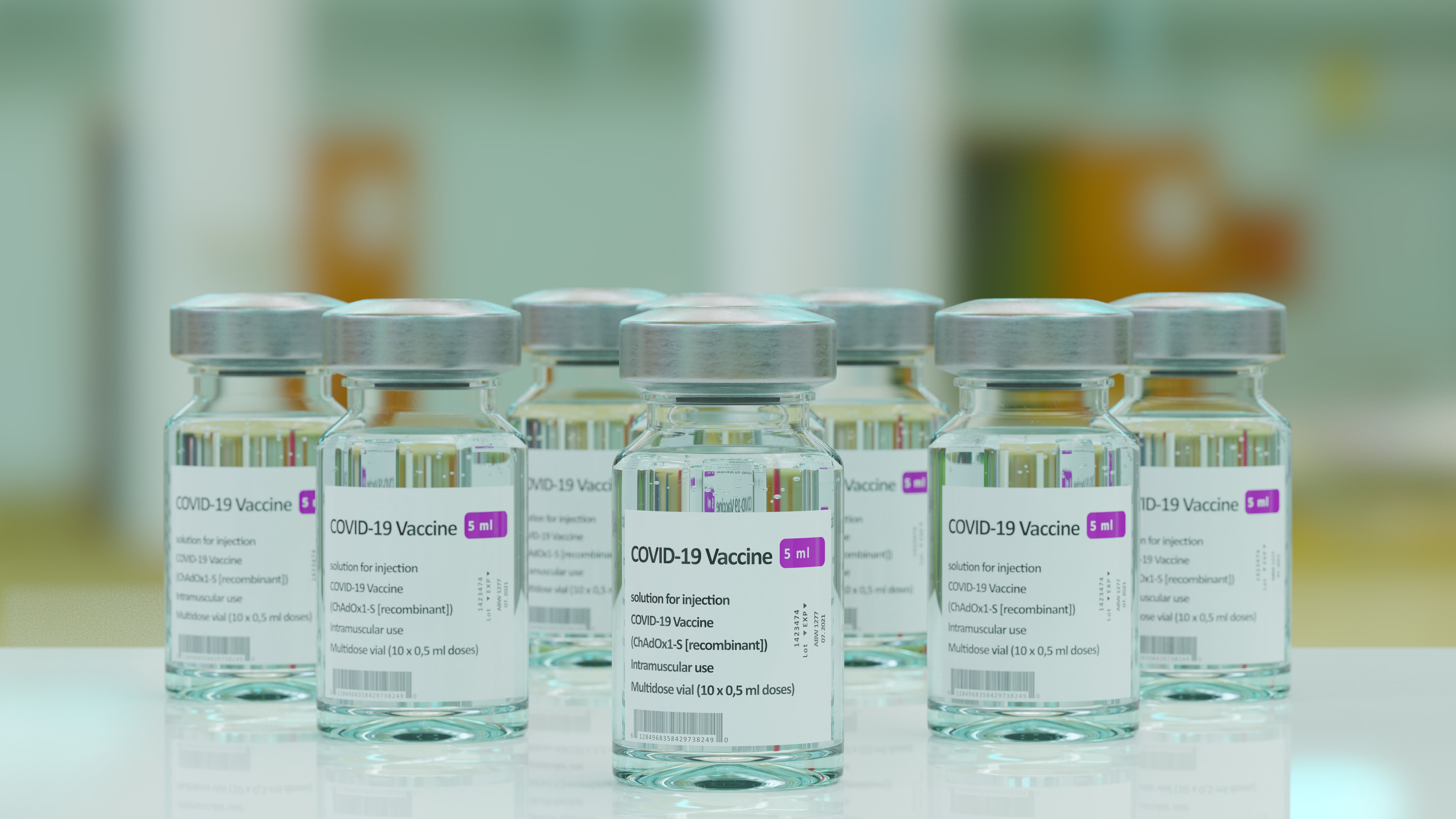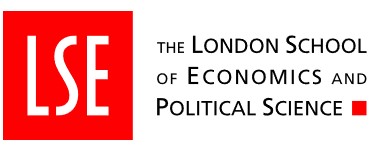25 January 2022
Vaccine Inequity: from Alpha to Omicron

Image by Brano/Unsplash
Written by George Wharton, Senior Lecturer in Practice, and Rebecca Forman, Senior Health Policy Associate, Department of Health Policy, The London School of Economics and Political Science
The accelerated development and rollout of vaccines for COVID-19 is a triumph of public-private and academic collaboration. The platforms provided by ‘plug-and-play’ mRNA and adenovirus vector vaccines have enabled the rapid development of successful vaccine candidates: clinical trials for the Oxford AstraZeneca vaccine began just 65 days after the team received the genetic sequence of the SARS-COV-2 virus.
In December 2020 the first doses were administered to patients, and just over a year on, over 11 billion doses of vaccine have been produced worldwide. But despite the astonishing pace and scale at which global vaccination programmes have been established, there remains a stark and indefensible inequity in their global distribution. As of 13 January 2022, out of 194 Member States, 88 WHO Member States had vaccinated less than 40% of their population, and 36, less than 10%.
In economically disadvantaged countries, many frontline health workers have still not been vaccinated.
The global community could, and should have done better. Vaccine equity is first and foremost a moral imperative: recent data from Northeastern University show that had the availability of vaccines in lower-income countries matched that in high-income countries, 70% of COVID-19 deaths to date could have been averted. But it also makes good sense from a public health perspective for high-income countries, since reducing the global reservoir of infection is critical to preventing the emergence of new variants.
Omicron, first detected in South Africa, has wrought havoc on health systems and may prove to have been our final warning. Should a subsequent variant combining higher transmissibility with higher virulence and vaccine escape emerge in an under-vaccinated population, the human and financial cost would be catastrophic.
It would certainly outweigh the $50bn that the OECD suggests would be needed to vaccinate the world.
Despite the current predicament, there are grounds for optimism. COVAX, the global initiative co-led by CEPI, Gavi and the WHO that aims to deliver equitable access to COVID-19 vaccines, has thus far struggled to meet its targets, but announced on January 15th that it had delivered its billionth dose of vaccine, 90% of which have gone to low-income countries.
COVAX underscores the indispensable role of multilateral cooperation in tackling global health challenges. Combined with a growing arsenal of available vaccines and technologies (many of which have been supported by CEPI and the ACT-Accelerator), formidable and increasingly diversified global manufacturing capacity, advance purchase agreements from governments, and a strong pipeline of new vaccines in development, there is hope that the goal set out by the WHO to vaccinate 70% of the world’s population by mid-2022 can be met. This would save lives and reduce the risk of new variants of concern emerging.
However, we remain vulnerable to vaccine nationalism. For example, COVAX is critically reliant on donations from high-income countries, whose response to Omicron was to accelerate their own booster programmes, diverting doses destined for LMICs into domestic use.
More booster doses were given in high-income countries in response to Omicron than the combined total of doses delivered in low-income countries since the start of the pandemic. As GAVI CEO Dr Seth Berkley has warned, it is vital that this does not become the default response when new variants emerge. Importantly, even when supply meets demand, logistical challenges may impede delivery on the ground.
CEPI acknowledges that a sustainable solution to address vaccine inequity in the longer term may require moving away from redistribution and towards local manufacturing in lower-income countries, so that they can take full ownership of their national health security.
One proposed solution to enable greater self-sufficiency that has gained widespread support, including from the US, China and Russia, is to waive patent protections for COVID-19. Public investment in R&D combined with advance purchase agreements would help to maintain incentives for innovators in the context of such a waiver.
However, if the best route to ensuring access is to create sustainable local vaccine ecosystems, addressing IP barriers alone will not be enough. Dr Suerie Moon and colleagues, writing in the New England Journal of Medicine, have proposed that countries invest, on a regional basis, in CEPI-like institutions to fund the development of countermeasures, underpinned by global agreements on transparency, data sharing, technology transfer, allocation and pricing.
Effective technologies resulting from these investments would be patent-free, and could be manufactured by multiple producers worldwide simultaneously. A further step would be to ensure that every region of the world has sufficient scientific and industrial capacity to produce adequate volumes of vaccines and technologies to meet its own needs, while regions which have reached self-sufficiency would permit exports of any surplus.
Ensuring that sufficient supplies of vaccines and countermeasures are available and equitably distributed is just the start. There must be sufficient resources in place in the healthcare delivery system to ensure that they reach where they are needed, while maintaining access to routine health services.
Greater alignment of vaccine policies between countries would help to counter mistrust and misinformation that give rise to vaccine hesitancy. Beyond addressing vaccine inequity, action is needed to tackle the underlying causes of health inequalities to reduce our vulnerability to infectious disease outbreaks.
As argued by the Pan-European Commission on Health and Sustainable Development, preventing them from occurring in the first place will mean operationalising a One Health approach at all levels, recognising the interdependence of human, animal and environmental health.
Of course, these are ambitious goals, but the cost of a recurrence of the status quo in a future pandemic means that seemingly radical proposals should be carefully considered. Achieving the degree of cooperation needed may require a stronger form of multilateralism than we currently have in place: a binding and genuinely global agreement with buy-in across all sectors.
As the WHO recognises, such a compact will take years to negotiate and implement, and will require steadfast commitment. In the meantime, CEPI has launched its next fundraising round. The Wellcome Trust and the Bill & Melinda Gates Foundation (BMGF) have each pledged $150m.
It is vital that governments and other donors follow suit and continue to commit resources to correcting the current imbalance.

















